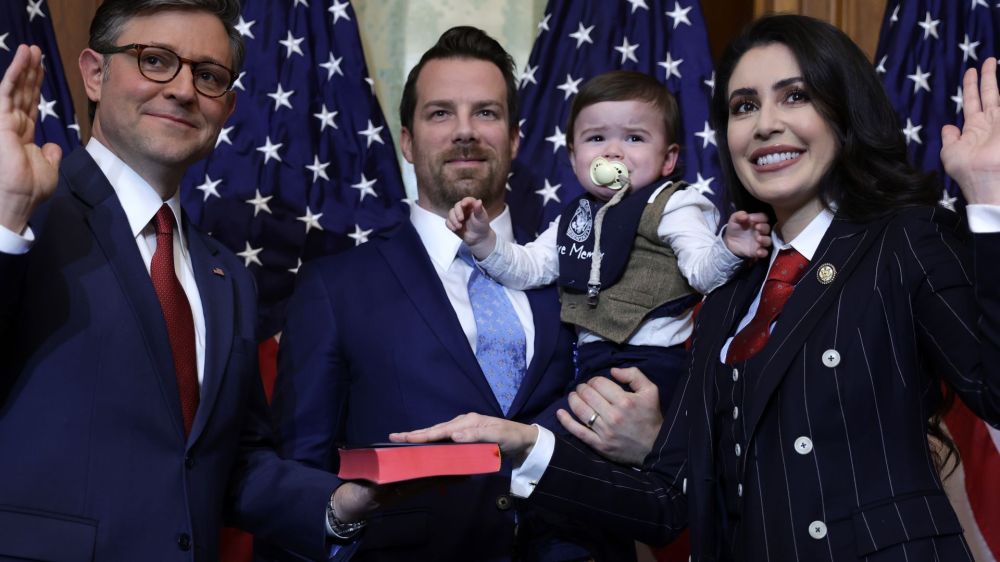- Representatives reached a deal to settle the ongoing dispute over remote voting for young parents in Congress. The deal would allow members to “pair” their vote if they cannot be present.
- Pairing allows members to have their votes recorded but not counted in the final tally so they can have their support or opposition to legislation on the record.
- The deal is the culmination of a year-long effort to let new parents vote remotely while they are home taking care of an infant.
Full Story
Members of the House of Representatives reached a deal to settle the ongoing remote voting dispute that shut down the chamber for nearly a week. The final agreement, which is still being ironed out, will ultimately be available to any lawmaker who cannot be physically present due to an ailment, bereavement or emergency.
The deal between Rep. Anna Paulina Luna, R-Fla., and Speaker Mike Johnson, R-La., will allow members to “pair” their vote, which will take one “yes” and one “no” off the board, making it a wash.
How does vote paring work?
Pairing is a process that allows an absent member who is voting “yes” on legislation to find someone who is voting “no” or vice versa. The member who is present and casting their vote announces they are pairing with another lawmaker, at which time their vote is removed from the tally but kept on record.
There is also a process called “dead pairing,” which allows two members on opposing sides who are both absent to announce how they would have voted. While their votes are not included in the final tally, it is included in their record.
Vote pairing does not change the outcome, because it’s a 1-for-1 swap on a yes and no vote.
Has vote pairing ever been used before?
Sen. Lisa Murkowski, R-Alaska, and Sen. Steve Daines, R-Mon., did this during Justice Brett Kavanaugh’s confirmation to the Supreme Court. Murkowski opposed Kavanaugh, and Daines supported him, but he had to attend his daughter’s wedding during the final vote. So Murkowski announced she was voting “no” but pairing with Daines, who would have voted “yes” if he had been present. As a result, Kavanaugh was confirmed 50-48 instead of 51-49.
How did we get here?
This agreement is the culmination of a more than year-long effort to let young parents in Congress vote remotely while they are taking care of an infant. The bipartisan resolution had more than enough support to be approved, but Johnson wouldn’t bring it forward because he believed it was unconstitutional.
The resolution’s sponsors started a petition allowing the rank-and-file to overrule the speaker and force a vote. Johnson tried and failed to squash that, too, which ultimately led him to shut the House down for legislative business on a Tuesday.



























